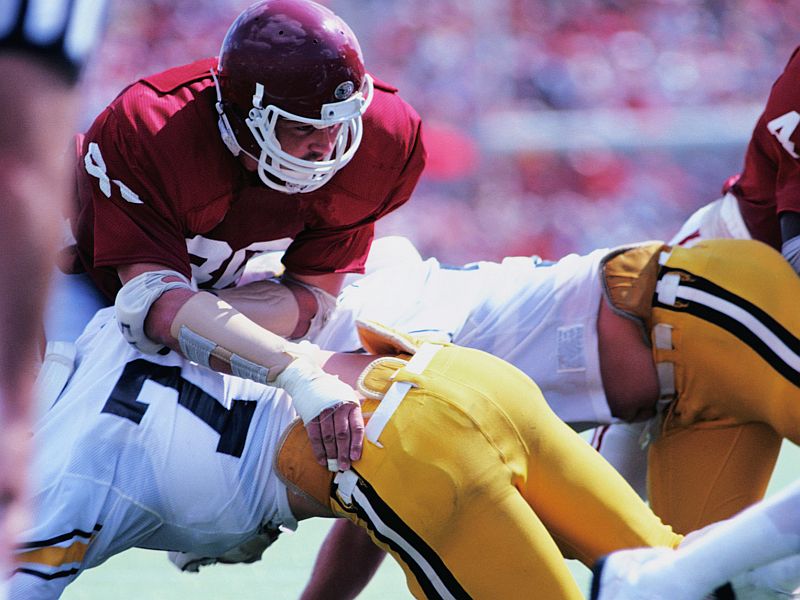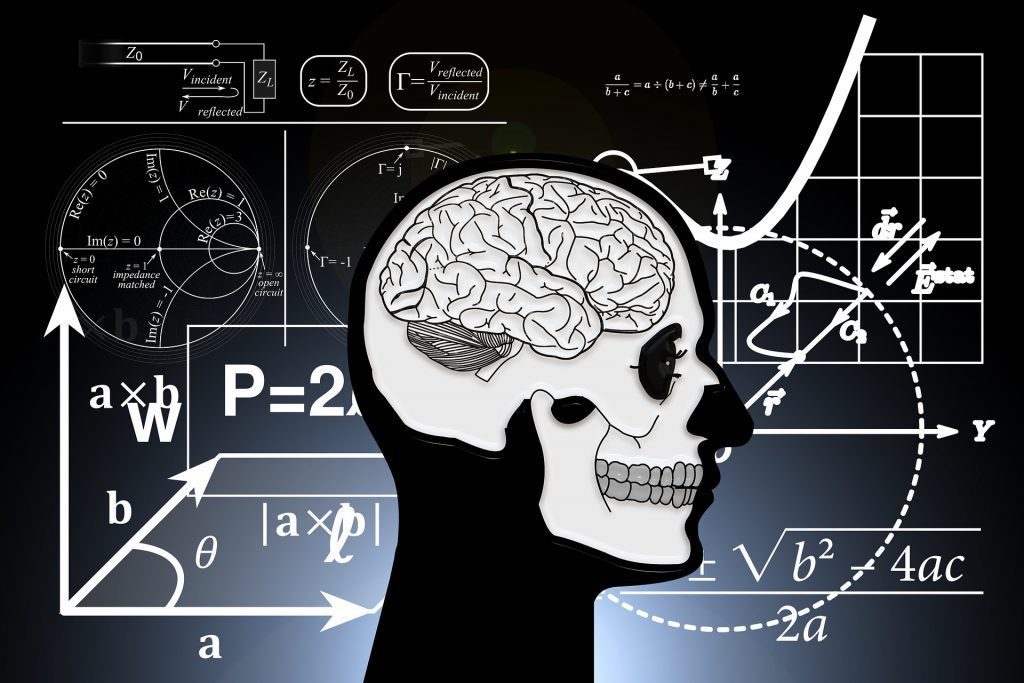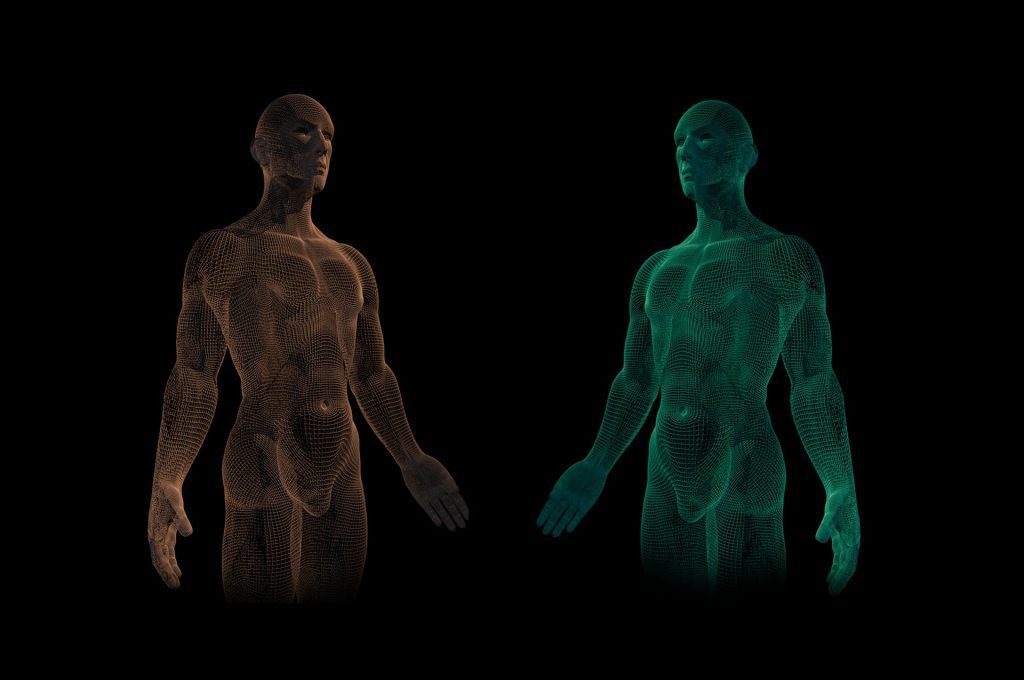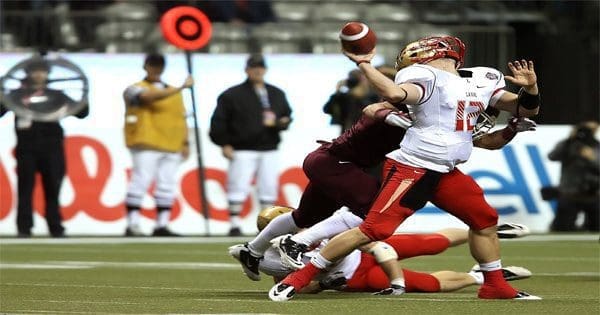Table of Contents
Brain Trauma
Thirty former NFL players have joined the growing number of retired players who have pledged to donate their brains to research on a devastating brain disease that has been linked to the repetitive head trauma.
Scientists believe that multiple concussions, or even less severe blows to the head, may trigger chronic traumatic encephalopathy (CTE), a degenerative brain condition, according to the Concussion Legacy Foundation.
Numerous NFL players have been diagnosed with CTE after their deaths. Performing an autopsy is the only way to definitively diagnose the condition, the Boston-based foundation explained in a news release.
Last month, a $1 billion concussion lawsuit settlement for former NFL players was upheld by the U.S. Supreme Court despite legal challenges from some retired players.
The ruling means that payouts can begin to former players who develop long-term brain problems due to head injuries suffered while in the league.


Why Donate Your Brain?
“I can’t imagine why anybody that played the game and that cares about the guys and the kids that are starting to play the game now, wouldn’t donate,” Randy Cross said in explaining his decision to donate his brain to research. Cross is a three-time Pro Bowl offensive lineman who played for the San Francisco 49ers from 1976 to 1988.
“I would urge everybody that’s ever played the game to do it,” the College Football Hall of Famer added.
Three-time Pro Bowl guard Keith Sims and Pro Bowl cornerback Shawn Springs also pledged their brains to the same end.
Sims was an offensive lineman in the NFL for 11 years with the Miami Dolphins and the Washington Redskins. Springs was an NFL cornerback for 13 years with the Seattle Seahawks, the Washington Redskins and New England Patriots.
“As we start to see the effects of football, we want to learn more,” Springs said. “Why wouldn’t I give my brain to help with the research so people can become more educated and more aware?”
Mel Farr Jr. is also among the former NFL players who have just pledged to donate their brains to research on head trauma. Farr played one season for the Los Angeles Rams. His decision came just days after his family disclosed on ESPN that his father, Detroit Lions Pro Bowl running back Mel Farr Sr., had advanced CTE when he died in 2015, the foundation said.
CTE affects more than football players, the foundation noted. A total of 1,467 former athletes, from all sports backgrounds, and military veterans have pledged to donate their brains to the foundation over the past nine years. Soccer great Brandi Chastain and NASCAR driver Dale Earnhardt Jr. have also made this pledge.
Football & Chiropractic
In 2008, the foundation created a brain bank in cooperation with Boston University and the U.S. Department of Veterans Affairs. It is now the world’s largest CTE brain bank that has a particular focus on concussion, ALS and other conditions linked to brain trauma. To date, 385 brains have been donated, of more than 240 have been confirmed to have had CTE.
“Pledging to donate your brain is a fantastic way for current and former athletes to contribute to brain trauma research,” said Chris Nowinski, co-founder and CEO of the foundation.
“Brain bank research is an essential step in learning to prevent and treat CTE, and [it] has provided insights that have launched multiple studies at the Boston University CTE Center focused on developing diagnostics and therapeutics,” Nowinski added.
SOURCE: Concussion Legacy Foundation, news release, Feb. 2, 2017
News stories are written and provided by HealthDay and do not reflect federal policy, the views of MedlinePlus, the National Library of Medicine, the National Institutes of Health, or the U.S. Department of Health and Human Services.

What You Need to Know About Concussions

People with concussions can experience symptoms that are:
- Physical, such as headache and blurred vision
- Cognitive, such as difficulty focusing
- Emotional, such as irritability
- Sleep-related, such as fatigue, sleeping more than usual
These symptoms may last several minutes, days, weeks, or even longer in some cases. Most concussions are relatively minor and will resolve.
Concussions can be caused by trauma that is either:
- A bump, blow, or jolt to the head, such as a fall or collision that causes direct impact
- A fall or a blow to the body that causes the head to move quickly back and forth(whiplash); even though the head does not suffer a direct hit, the brain is jostled inside skull
Whether or not a person has suffered a concussion is not always obvious. A loss of consciousness happens in only about 10% of concussion cases.1,2 Standard neurological imaging, such as CT scans and MRIs, are typically normal after concussions but are used to assess for more serious injuries.
How Does A Concussion Occur?
Many people think of a concussion as a sudden, one-time traumatic event. However, a concussion is due to a series of metabolic (biochemical) changes in the brain that are set off by the traumatic event.
- Following the injury, the brain cells may not get enough energy and nutrients to work properly, causing impairment in brain function
- As the brain cells undergo metabolic change and recovery, the symptoms of impairment can also change
- Recovery may take a few minutes or a few months—or even longer—depending on the individual and the injury’s severity
What You Need to Know About Concussions
The affected brain cells are particularly vulnerable to sustaining further damage during the concussion recovery period.
What To Do When A Concussion Is Suspected

A person who is suspected of suffering a concussion should be evaluated as soon as possible. Until the evaluation is completed, it should be assumed that the person has suffered a concussion and he or she should be:
- Removed from athletic play
- Prohibited from driving or operating large machinery
- Removed from other situations that may endanger the patient or others
The CDC recommends that a person with a concussion be seen by a doctor. A doctor can provide a medical evaluation and instructions for recovery.
Concussions In Sports

Any athlete who is suspected of suffering a concussion should not be allowed to return to play. Instead, the athlete should be evaluated immediately, preferably in a quiet area such as a locker room, and monitored over the next 24 to 48 hours for symptoms.
This approach may seem overly cautious to some people, particularly competitive athletes who want to get back in the game. However, a person who has a concussion and then suffers a second head injury risks a longer recovery time and further injury to the brain.
This article discusses the risk factors, symptoms, diagnoses and rehabilitation typically associated with concussion. Also included is a list of sports that have the highest rates of concussion.

Related articles



